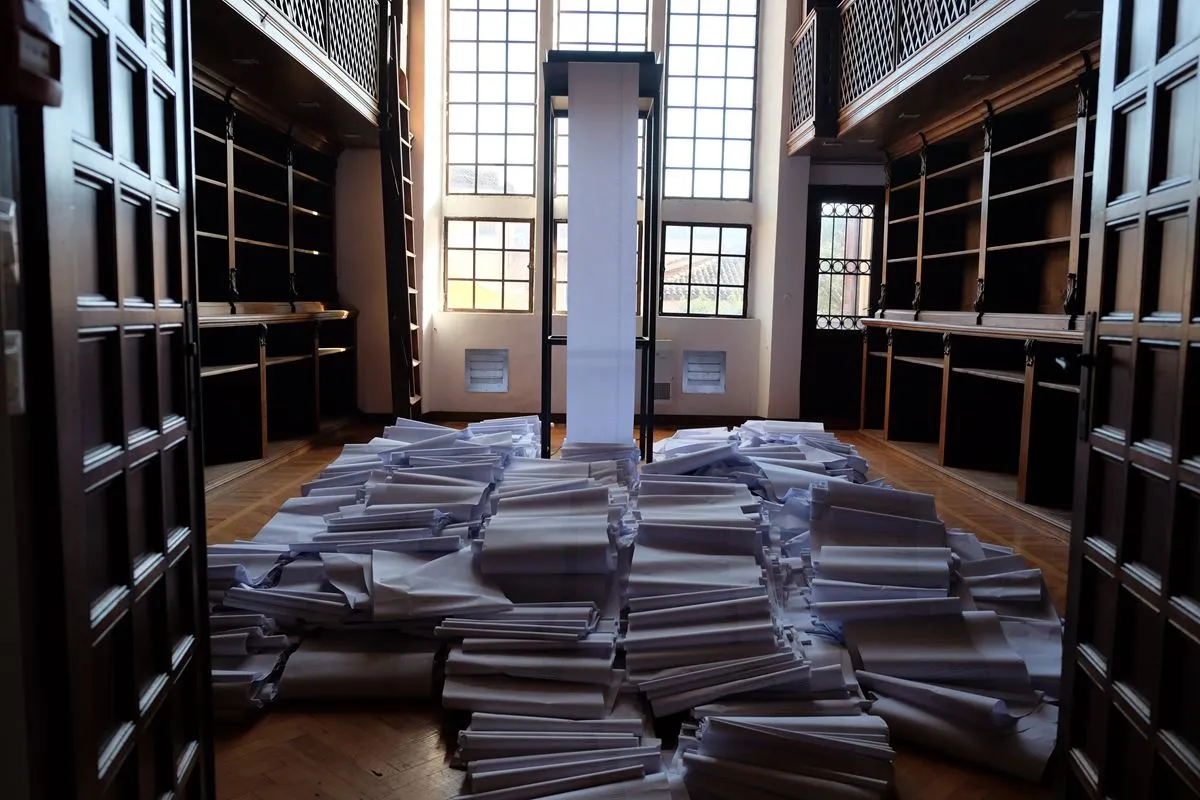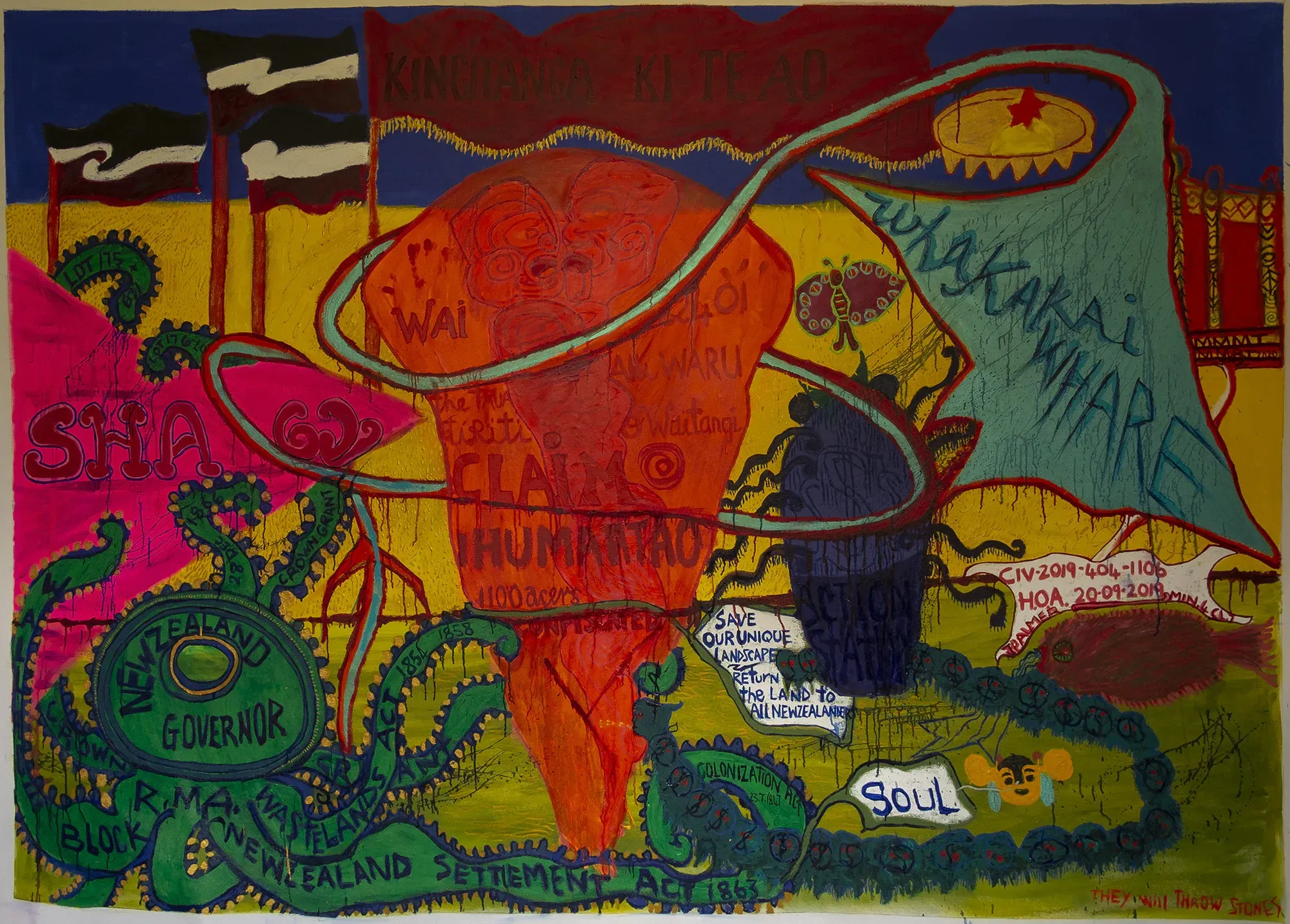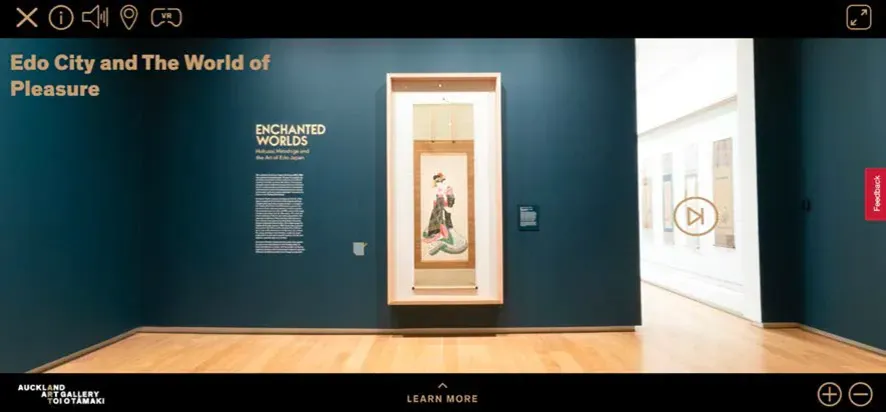Golden Linings for the Silver Screen
Written by
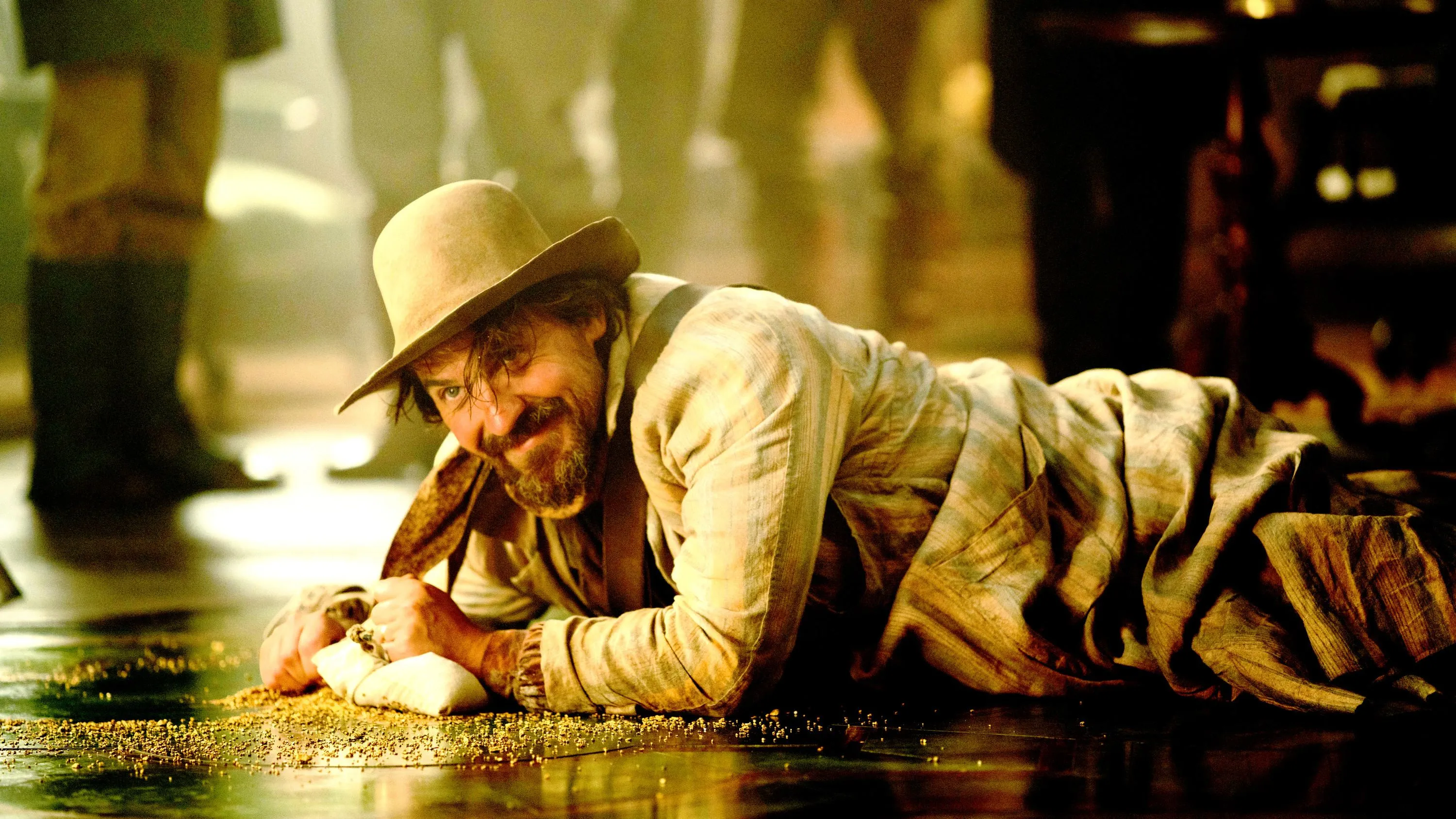
Have NZ Productions Struck Gold?
While much arts recovery package news was held back on budget day last Thursday, one big announcement was a jump in investment in the screen sector. As the Dominion Post reports, the New Zealand Screen Production Grant has moved to $200 million, with the international component jumping from six to $140 million. Of that, over the next two years, $60 million has been committed to New Zealand productions. This will be spent on tax rebates, with a 40 percent rebate for local TV and film productions and up to 25 percent for overseas content.
That announcement followed this detailed RNZ story outlining how organisations like Weta Digital and the arrival of Amazon Studios and Netflix in Auckland were placing NZ well for reaping benefits of the global disruption in movie-making. At the same time concerns continue over the passing of the Screen Industry Workers Bill, which as Mickey Treadwell writes on The Spinoff forces “workers in both the film and gaming sector into contractor roles, massively reducing – if not eliminating – employee rights in the sector.”
The release of the Working Title Television and Southern Light Films adaptation of The Luminaries for the BBC and TVNZ, with its extensive use of Aotearoa scenery and talent, should be another ‘golden lining’ (an expression for those of you who remember Eleanor Catton’s plot). The series is now available on-demand in New Zealand and has received solid reviews at The Spinoff and on Stuff, with far more mixed reviews in the UK at Screendaily. Broadcast dates on BBC1 in the UK have yet to be released. No doubt the New Zealand reception is being watched carefully.
From the episodes I’ve watched, the standouts are the screenplay by author Eleanor Catton (a fascinating exercise in shifting from a jigsaw narrative into something more linear, yet time-shuffling) and the performances of some highly watchable actors, including locals Martin Csokas, Richard Te Are and Paolo Roundo. The Luminaries fits neatly into the gloomy gothic tradition set by the likes of The Piano and Vigil in New Zealand film - don’t however expect historical accuracy in the way the Gold Rush era landscape of Otago and Hokitika looks.
And in other interesting TVNZ news - suggesting an openness to returning to a support of the local performing arts - TV1 will screen New Zealand Opera’s 2015 production of Tosca on Sunday 31 May at 10am, and it will then be available on-demand for three months.
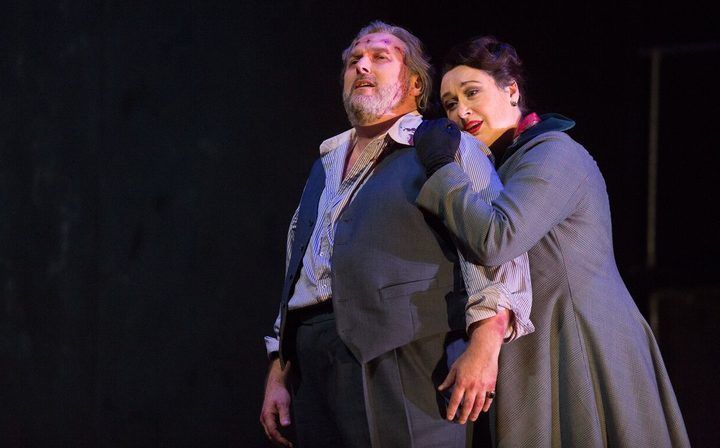
Simon O’Neill in New Zealand Opera's Tosca.
The production was filmed for cinema release at the time. It saw a return home for tenor Simon O’Neill, who is heard here announcing it in this gorgeous new video by singing the opening of an aria from the opera at his piano at home. “I miss performing for you,” he says in lockdown. ”The only chance you can really hear me is if you’re out in a canoe or a kayak there on Auckland harbour, as I sing my Wagner and Puccini across the waves.”
Living la Vida Lockdown
Other good screen news for those who want to keep the lockdown vibe going over winter. Joining other festivals going online this year is DocEdge, our documentary festival from 12 June (release here on Scoop). How ticketed appointment time viewing like this will fare next to the range of on-demand hire options will be interesting to see.
Information on the online version of this year’s New Zealand International Film Festival won’t be out until Monday 22 June, giving them a fair bit more planning time. But there is a slew of cracker independent documentaries now online for rent through the festival that we’ve had limited access to since their premieres. The list is strong on artist profile docos including Michael Smither, Phil Dadson, band The Skeptics, and Chants R and B. Plus there’s Jeremy Dumble and Adam Luxton’s “micro-budget, made-on-the-dash” 2012 art movie We Feel Fine, “tracking random sets of Auckland characters linked by a bizarre video project.” Reviews, please!
Remember cinemas? This TVNZ news story details why the big chains like Event Cinemas are keeping our major cinemas closed until mid-July: they are wedded to the return of Hollywood blockbusters. Meanwhile, independently owned cinemas have been reopening. I’ve been impressed by the ability at Flicks.co.nz now to see at a glance who is open and how many films they are screening. As of this week: four cinemas are screening in Auckland, nine in Wellington and five in Christchurch,
Where and When to Get Your GLAM on
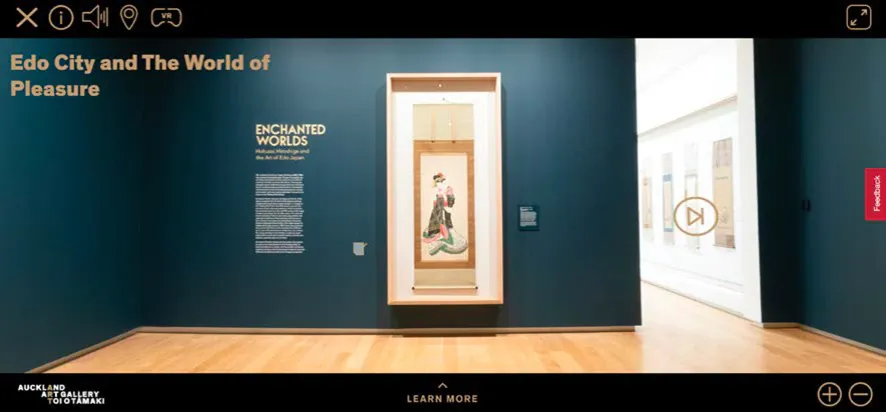
Enchanted Worlds: Hokusai, Hiroshige and the Art of Edo Japan, online exhibition at Auckland Art Gallery.
Last Lowdown, we reported on the varied state of the reopening of public galleries and museums as we entered Level 2, with many reopening alongside other council facilities late last week.
This is certainly not so everywhere in the GLAM (galleries, libraries, archives and museums) world. Indeed, while other cultural facilities in Auckland have been reopening or will next week, Auckland Art Gallery announced it wouldn’t reopen until late June. Instead, it launched a virtual online tour of its Enchanted Worlds Japanese Edo exhibition which only got two weeks on show before lockdown (RNZ story here).
By comparison, the National Gallery of Victoria announced virtual tours of all its ticketed shows on 19 March, two months ago. Is the comparison fair? The NGV is after all far better resourced, but such questions are important when we’re talking about vital public space, especially with winter upon us.
In fact, in line with the Auckland Art Gallery, public galleries and museums in Australia are generally still closed. In Melbourne, the NGV alongside Museums Victoria has been specific in their new reopening plans: “after following closely the State and Federal Government’s advice…[we] have extended the NGV’s temporary closure until 30 June.” It’s worth noting that the Auckland Art Gallery director Kirsten Paisley is Australian and comes to us after time as Deputy Director of the National Gallery of Australia (still closed).
Over on Australia’s ArtsHub Gina Fairley has filed this interesting story on why public galleries should reopen ahead of theatres, with a survey on the public’s comfort levels on starting to attend live events again (out of 635 people polled, 45% said they would wait a month).
“The consensus,” Fairley writes, “is that getting the doors open as soon as possible (while also maintaining health measures) is vital to the livelihood of the arts sector and the wellbeing of many. But the arts are a diverse sector. Museums and art galleries are better placed to manage social distancing compared to theatres, given that audiences are fluid in the space.”
At the weekend, The Spinoff art section published an interview by Jeremy Rose with Te Papa CEO Courtney Johnston about leading the national museum out of lockdown. Talking of the ‘chatter’ amongst museums internationally at the moment about changes, she comments, “What we do now shouldn’t be just about the next six months but about adapting in such a way it will take us forward for the next 10 years. It has to be bigger than hand sanitiser and cleaning regimes.”
Here on The Big Idea Simon Adlam argues that it will be “the fast movers in the digital space that will make the most of an urgent opportunity.” Adlam is a New Zealander, who has worked extensively internationally in museums, working principally in recent decades in Los Angeles. He began as a studio assistant for most of the 1990s in New York with first Roni Horn and then Louise Bourgeois.
Te Papa has committed to reopening in the next week, and on Friday launched ‘LGBTQI+ histories of Aotearoa New Zealand | Kōrero takatāpui ki Aotearoa’ an online space to explore queer objects, artworks, and stories from their collections. There’s a wealth of great material including juicy stories on “Toss Woollaston’s love triangle”, Wellington’s Dorian Society in the 1960s and Lauren Lysaght’s mixed media work Hidden Agender, inspired by the life of Eugenia Falleni, a woman who presented herself as man in the late 19th and early 20th centuries.
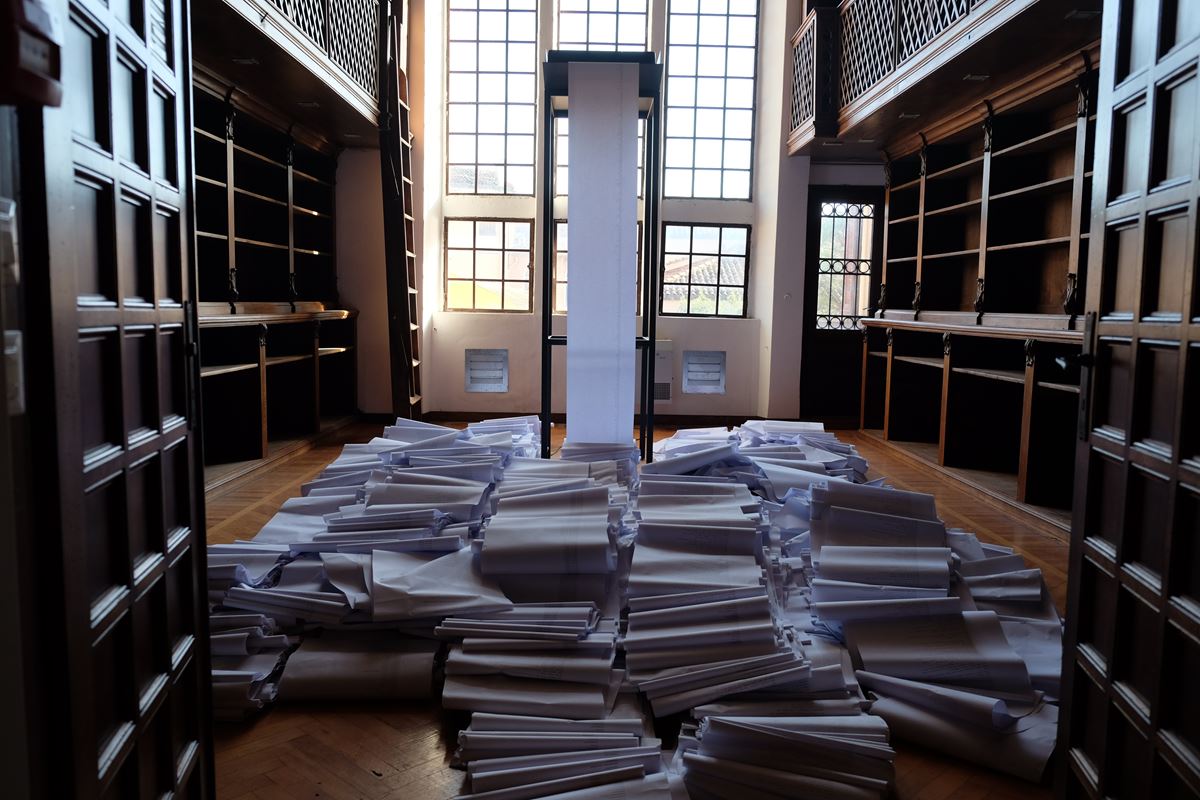
Exhibition view: Dane Mitchell, Post hoc, 58th Venice Biennale. Courtesy the artist and Mossman, Wellington. Photo: David Straight.
Elsewhere, we’ve heard that Wellington Museum will reopen today (Thursday 21 March), and Auckland Museum on Monday 25 May. At Victoria University, Adam Art Gallery will reopen on June 2 with a brand new suite of exhibitions, which includes a focus on a key aspect of Dane Mitchell’s Post Hoc Venice Biennale project: the printed lists that were produced during the seven-month exhibition. According to Mitchell’s website, Post Hoc is also scheduled to be exhibited at Christchurch Art Gallery this year.
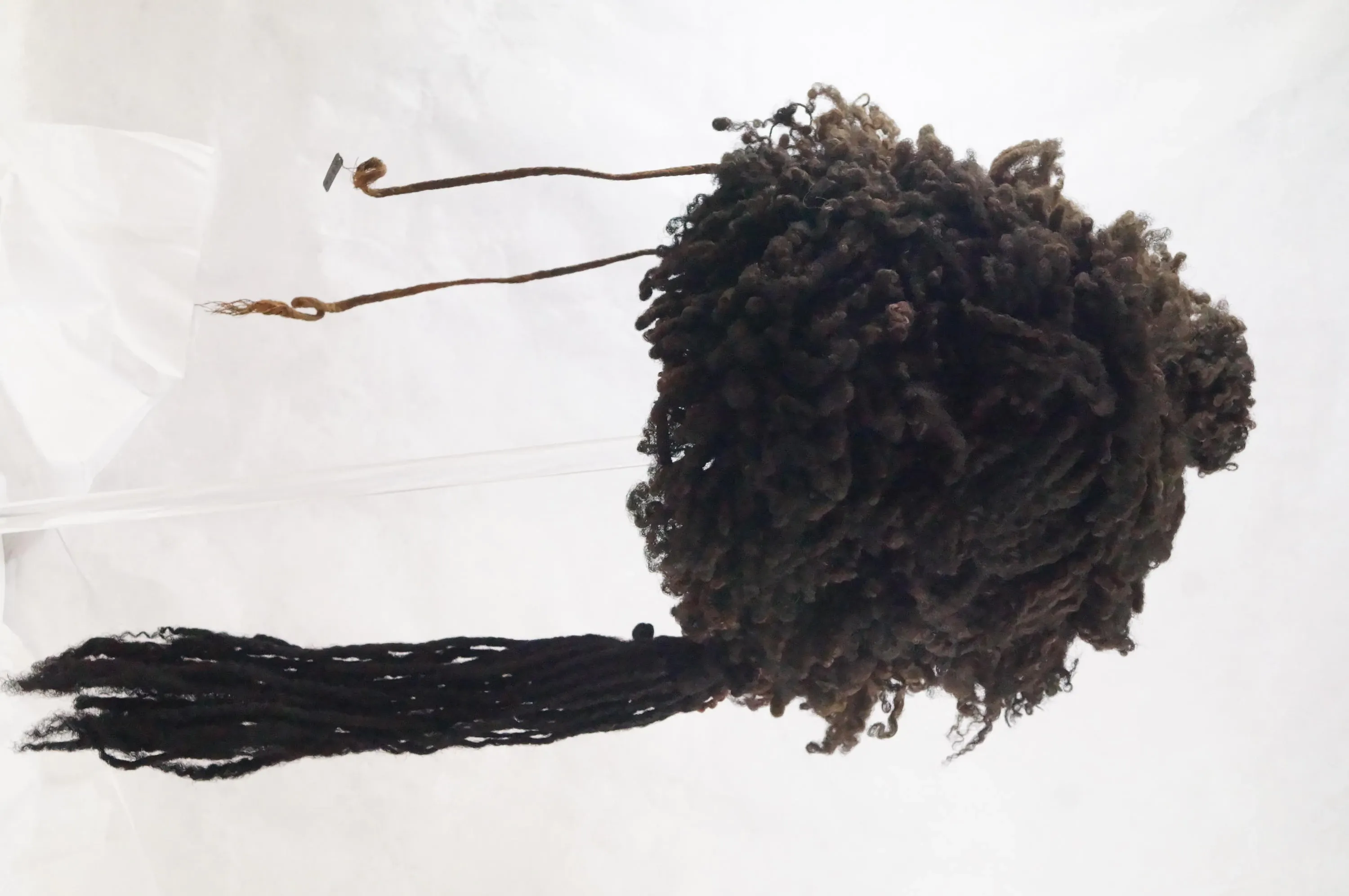
Ole Maiava, Ulumate (Museum of Archaeology and Anthropology, Cambridge collection), 2019. Digital photograph. Courtesy of the artist.
And we could go on and on here about all exciting new work back in galleries, reminding us why these public spaces are to be treasured. So I leave you with the news that, as part of the reopening of Te Tuhi in Auckland from Saturday, you can see artists Daren Kamali and Ole Maiava’s (together known as (UN) registered Savages of Aotearoa) work researching ulu cavu, Fijian human hair wigs. It’s an Indigenous Fijian practice that has been dormant for over two centuries. Kamali began with cutting and preserving his own hair, which he had grown since 1997, leading to the creation of a modern-day ‘mourning wig’.
All this won’t be remembered in a few months, but there’s bigger long-term ripples for the visual arts with the announcement this week that the 2021 Venice Art Biennale has been delayed to 2022, allowing their architecture biennale to be shifted from this year to next. This is difficult news for New Zealand representative artist Yuki Kihara and her producers at Creative New Zealand. CNZ Chair Michael Moynahan comments that they remain “committed to this event and excited by the work our artist Yuki Kihara and curator Natalie King is preparing for presentation. We will all just have to wait a little longer to see it.”
Woolly Different
Over the years there’s been rather limited crossover between art and our primary agricultural industries, Fred Dagg notwithstanding. So perhaps it's welcome to hear that Beef and Lamb New Zealand, in celebration of National Lamb Day (yes, there is such a promotional thing) on 24 May, are calling farmers to create their own sheep art.
Well, RNZ thought it was newsworthy, especially after getting this great video of the Coleman farming family near Dannevirke putting out extra feed for stock during the drought to create patterns as their sheep swarm to eat. Beef and Lamb New Zealand rather hopefully ask: is this the next craze to grip the nation? We’re hoping first it might develop some sophisticated technique in film and feedwork to reach even wider audiences.
Supporting Q
We’ve heard a lot about the crowd fundraising campaigns for New Zealand music venues. Many performing arts venues similarly fall outside Creative New Zealand and mainline local authority funding, and are heavily dependent on box office. Auckland’s Q Theatre is key to the theatre world, and are looking to raise $150,000 by next Friday (they were at $50,000 on Monday). Jennifer Te Atamira Ward-Lealand has posted a Youtube video on behalf of the theatre’s campaign.
Ockham Fallout
Arts feature of the week must surely go to Steve Braunias for his great restructure of the Ockham New Zealand Book Award-winning writer interview. Braunias brings together colloquial interview bites from everyone remotely involved in the development of the book: Becky Manawatu’s Auē. It all hangs out: alongside many insights into the writing and publishing struggle, Becky Manawatu talks of the end of the book’s launch at Whare Tangaroa, a house on the clifftops at Westport’s Cape Foulwind: ”We played this amazing drinking game,” she writes, “where you split into teams and stand across the room from each other and you take turns shouting a word out, and sing songs in each others faces with that word in the song, until a team runs out of songs that relate to the word and then that team drinks. We ended up taxiing into town around 1am to the Criterion Hotel and that's when it all fell apart.”
This year’s Ockham controversy was, of course, the omission of Elizabeth Knox’s The Absolute Book from the shortlist. Judge Mark Broatch opens a welcome window into the judging process with this piece on the writer-led Academy of New Zealand Literature site.
Snaps with Snapchatter and Seagull Success
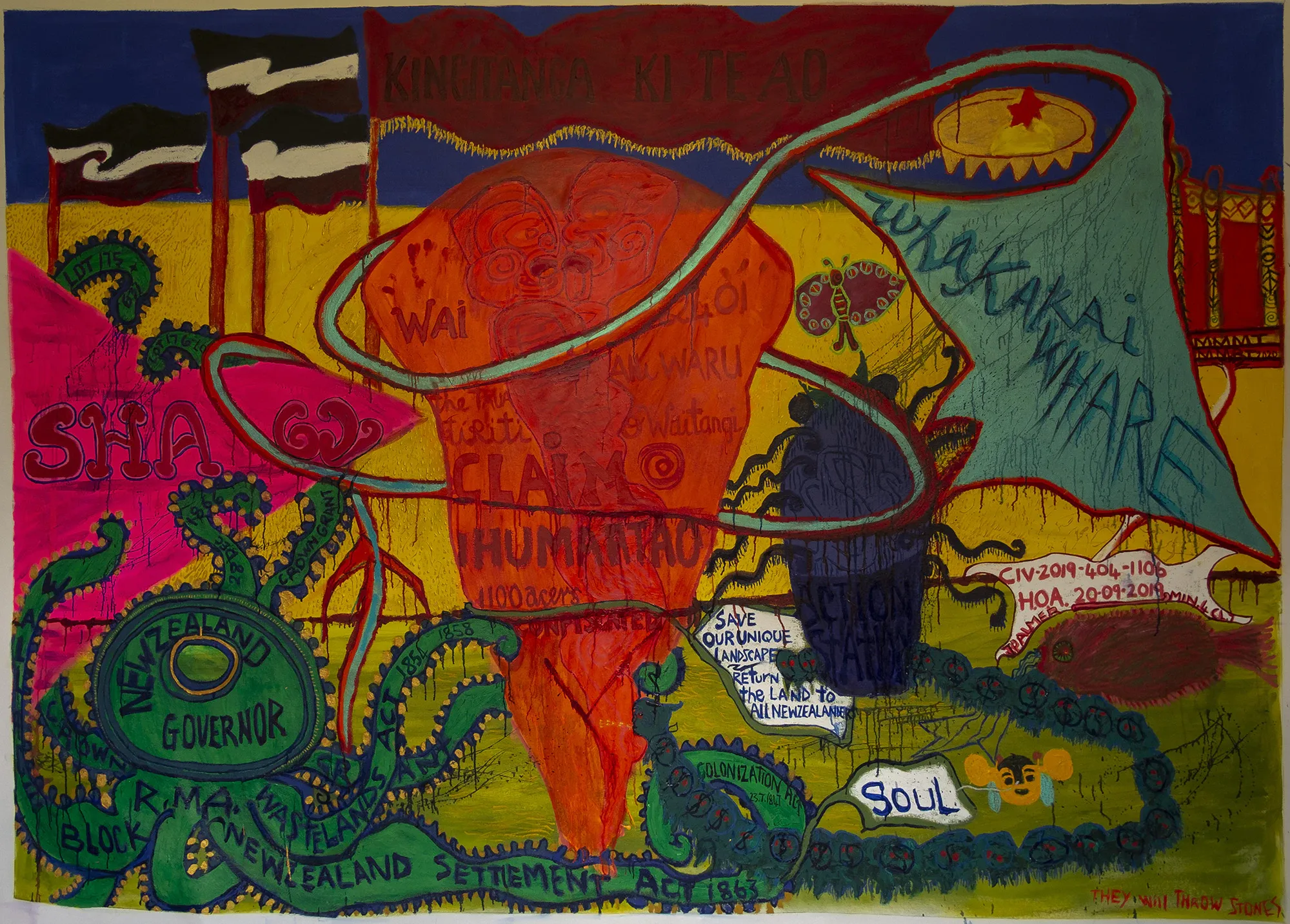
Emily Karaka, ‘Kingitanga ki Te Ao (They will throw stones)’, 2020. Acrylic / mixed media on canvas.
Theatre review site Theatrereview.org.nz have been doing a good job in reviewing online theatre from here and overseas. And a treat to see critic and editor John Smythe look at the Auckland Theatre Company’s excellent, rather clever adaptation with theatre-makers Eli Kent and Eleanor Bishop of Chekov’s The Seagull, which can be viewed here.
A great wee arts crossover sidebar in our recent history: Snapchat star Thomas Sainbury appears in photographer Yvonne Todd’s Ethical Minorities (Vegans) photo series begun in 2014. Megan Dunn (who has recently taken up the role of Head of Audience Engagement and Education at City Gallery Wellington) talked to Sainsbury about Todd, his Snapchat characters and how they’ve touched such a big cultural chord with people over lockdown.
Welcome is excellent new commentary on the Aotearoa contribution to the Biennale of Sydney NIRIN on Contemporary HUM by Jon Bywater. I particularly appreciated Bywater’s attention to the work of painter Emily Karaka, whose work speaks to her activism at Ihumātao. "Karaka’s assertive, energetic paintings operate diagrammatically,” Bywater argues, “ deploying expressive colour, gesture and annotations in ways that might have as much to do with placards and toi whakairo, Māori carving, as with neo-expressionism."
Finally, Sarjeant Gallery has started an artists in lockdown blog series. Here are London-based moving image artist Kay Walsh and Whanganui artist Kirk Nicholls.

